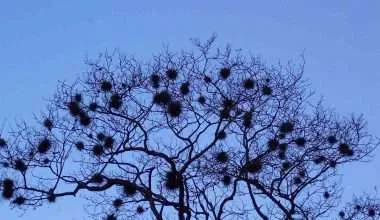Table of Contents Show
We all adore our magnificent oak trees and wish to keep them in excellent condition. Oak trees thrive in areas with plenty of sunlight, water, and nutrients. The fact is that we don’t always need to intervene because an oak tree is self-sufficient and can care for itself.
The younger oak trees do need to be watered. Not only those but the weaker ones with brittle branches and falling leaves also need to be watered to grow healthy. Without enough water the branches break easily and leaves fall prematurely.
However, not all oak trees require water, and now we have some easy suggestions that you should be aware of before watering your oak trees
How to Decide Which Oak Tree Needs Watering
This is the question you must answer before you pick up the hose and water your oak tree. Is it necessary to water your oak tree? Right away, the answer is most likely not. However, there are three particular instances when you must begin watering:
1. Is Your Oak Tree Young?
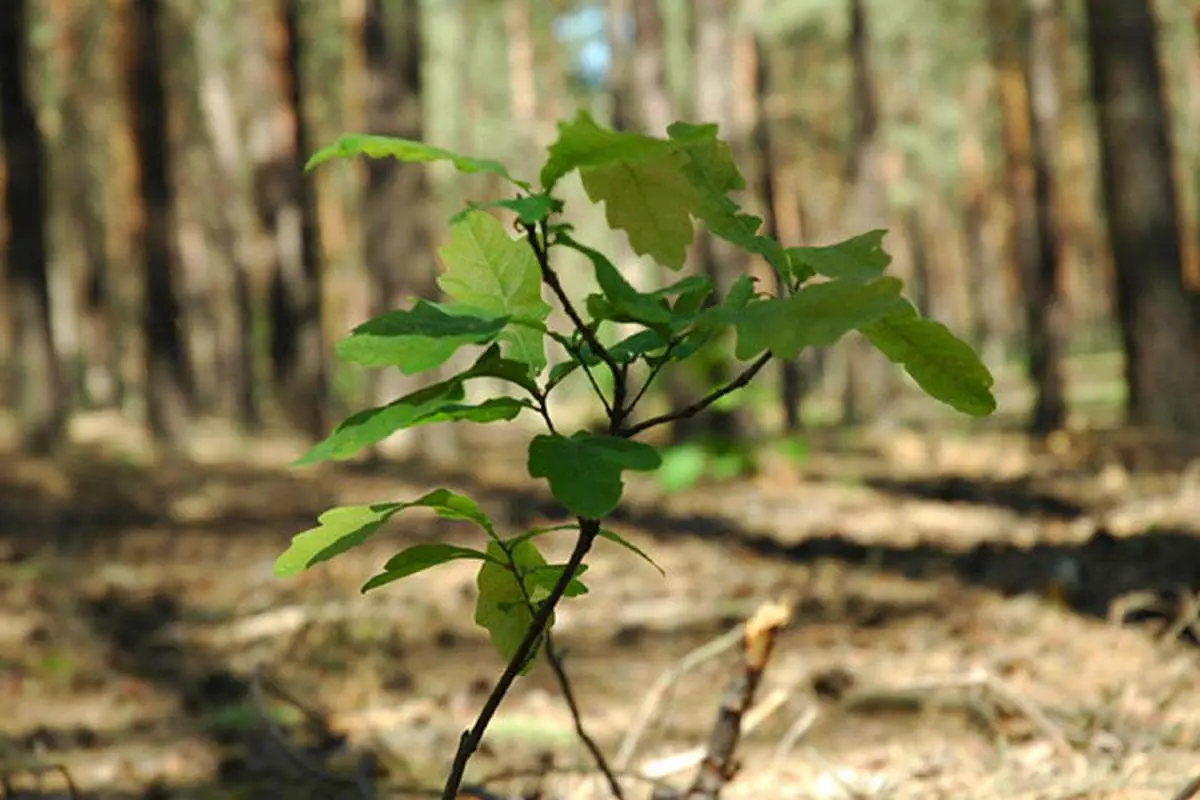
Young Oak trees do not just require that you water them but that you water them alot. The young trees are not able to reach the underground water because their roots are not fully developed. This is why watering them sufficiently is important.
Water your young, newly planted oak tree at least three times every week, then one time per week, every other week, every month, every few months – and beyond. Because they are being taken from their habitats and placed in new ones, young oak trees are experiencing a lot of early shock.
They learn how to operate and maintain a consistent schedule during this period.
The most important aspect here is that a young or recently planted oak tree hasn’t yet formed deep roots, and the roots may be unable to access groundwater. Due to this your newly planted oak tree isn’t able to get enough water and could die.
2. In Case of a Drought, Water your Oaks
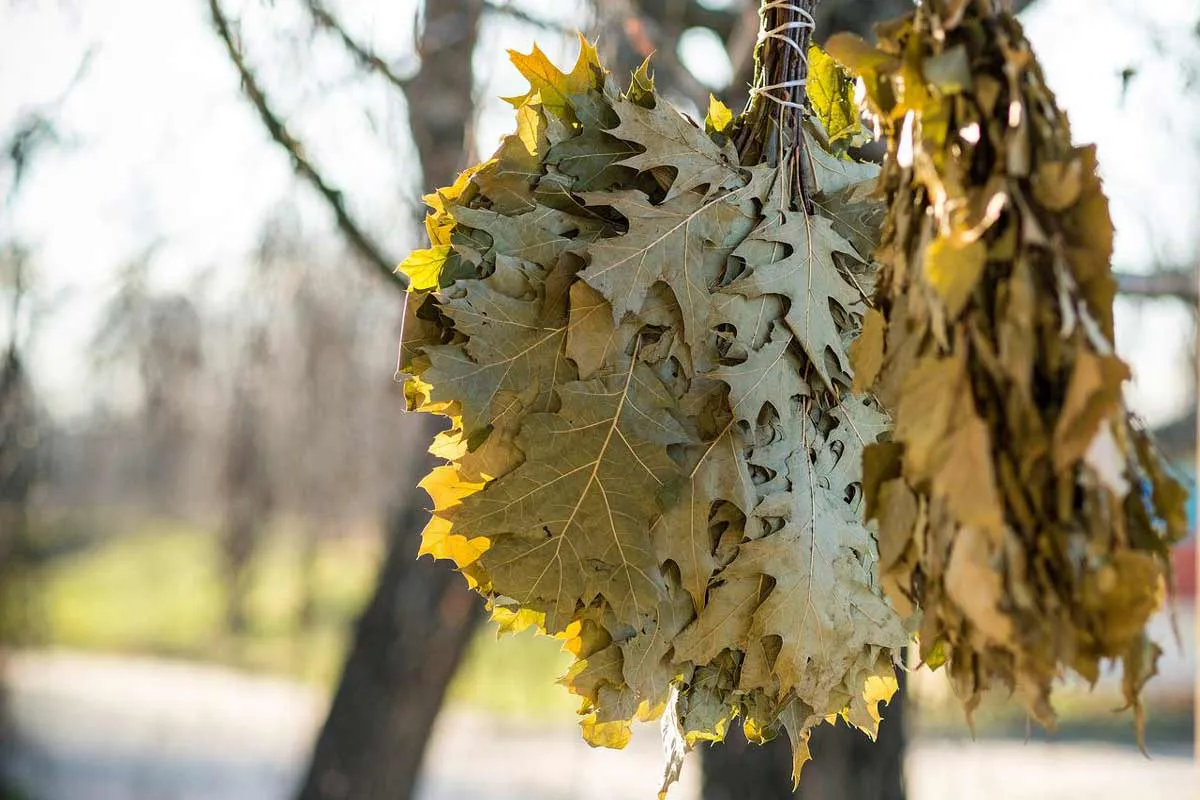
If the temperature is over 40 degrees and there hasn’t been much precipitation, your oak tree may require some watering, depending on its age. Warm winter days can really activate the roots, but the difficulty is that there is no water available for the roots to consume during a drought.
You should not water your oak tree if the ground is frozen. Water will not be able to soak through the earth, and your oak trees will suffer as a result. Furthermore, if the earth freezes, the roots stay dormant.
If the ground is frozen, adding water will actually injure your oak tree because it can warm up the frozen ground, the water will not sink through enough for the roots to drink, and it can actually evoke the roots to come out of dormancy, and if they do, there will be no water source for them.
3. If Your Oak Tree is Unhealthy, it may need Watering
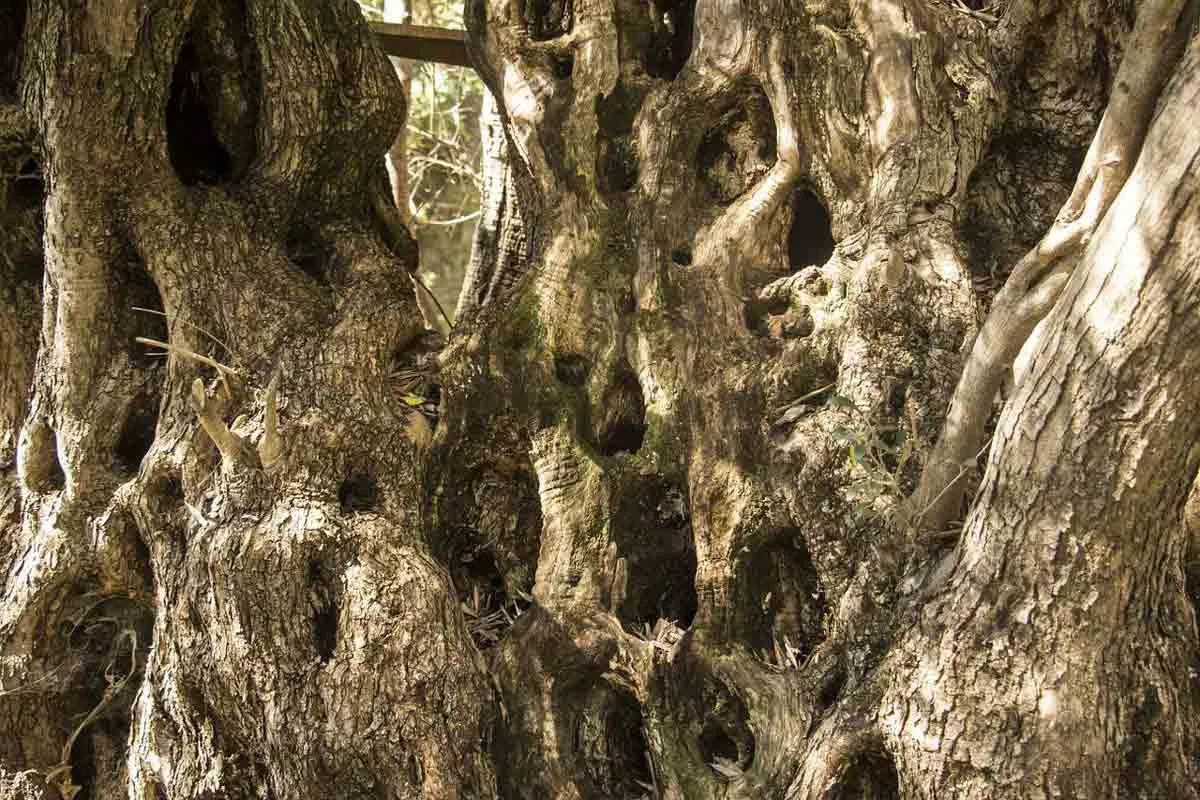
To know if your oak tree actually needs water or not you have to be able to determine whether it’s healthy or not. A simple way is to observe your trees growth. The things you need to keep an eye out for are;
- Dry soil underground.
- If your oak tree has wilted leaves.
- If the leaves of the oak tree are turning brown at the tips.
- Undersized leaves.
- Spotty canopies, where leaves are missing in chunks.
- Scorched leaves.
- Yellow Leaves.
Upon investigation, you should be able to easily determine the state of your oak tree’s health. At this point if your tree is not healthy, it will require watering, otherwise there really is no need to water a healthy oak tree.
Simple Tips to Keep in Mind When Watering Your Oak Trees
After you have decided that your oak tree falls in the category of trees that need to be watered, you might be able to additionally make use of the following tips when watering your oak trees.
1. Sweep All Fallen Leaves Under Your Oak Tree
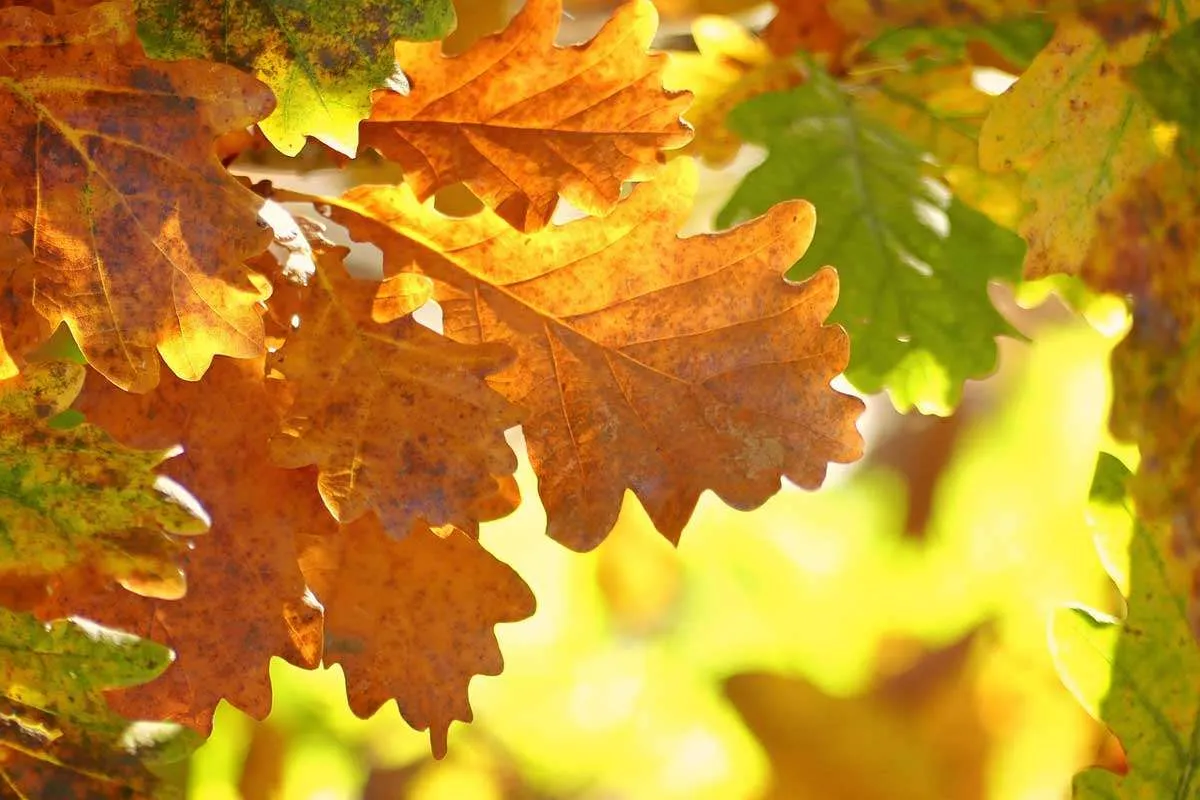
Keep the fallen leaves on the ground where they fell to assist your oak trees get enough water, especially in the autumn months when they will begin to go dormant!
The leaves of these oak trees will work as natural mulch, forming a layer that will seal in moisture and ultimately degrade, providing a wealth of nutrients to your trees.
Because all parts of the tree are beneficial, letting it go and leaving its leaves on the ground can only benefit it in the long term.
2. Do Not Plant Any Other Trees Under Your Oak Trees
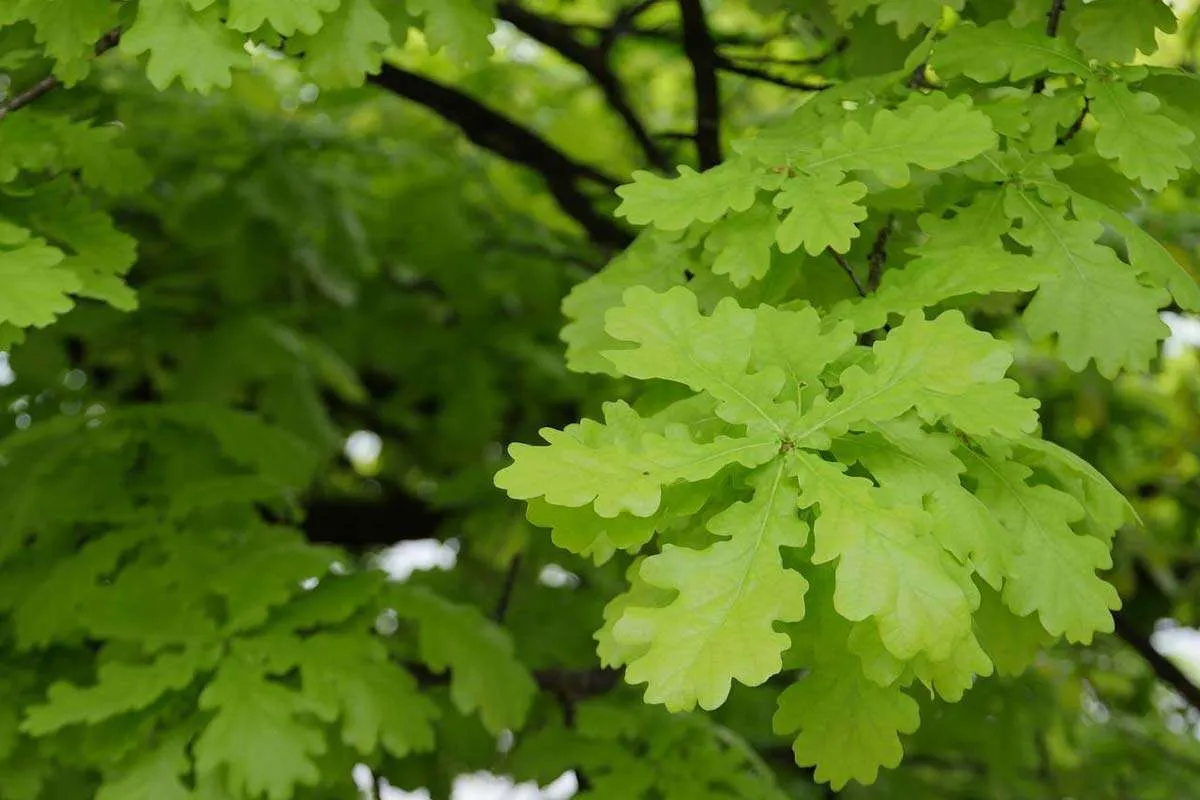
One final suggestion – although it does not directly relate to watering, it is important to note that you should never plant under your oak tree.
Your oak tree will be in a continual battle for water and air with any plants around the oak tree’s base, and because the plant’s roots will be closer to the surface, the plants will suck up the water more rapidly, leaving the oak tree without water.
So, while those flowers are lovely, they need to be planted somewhere else.
3. Add About 2 Feet of Water Around the Base of Your Tree
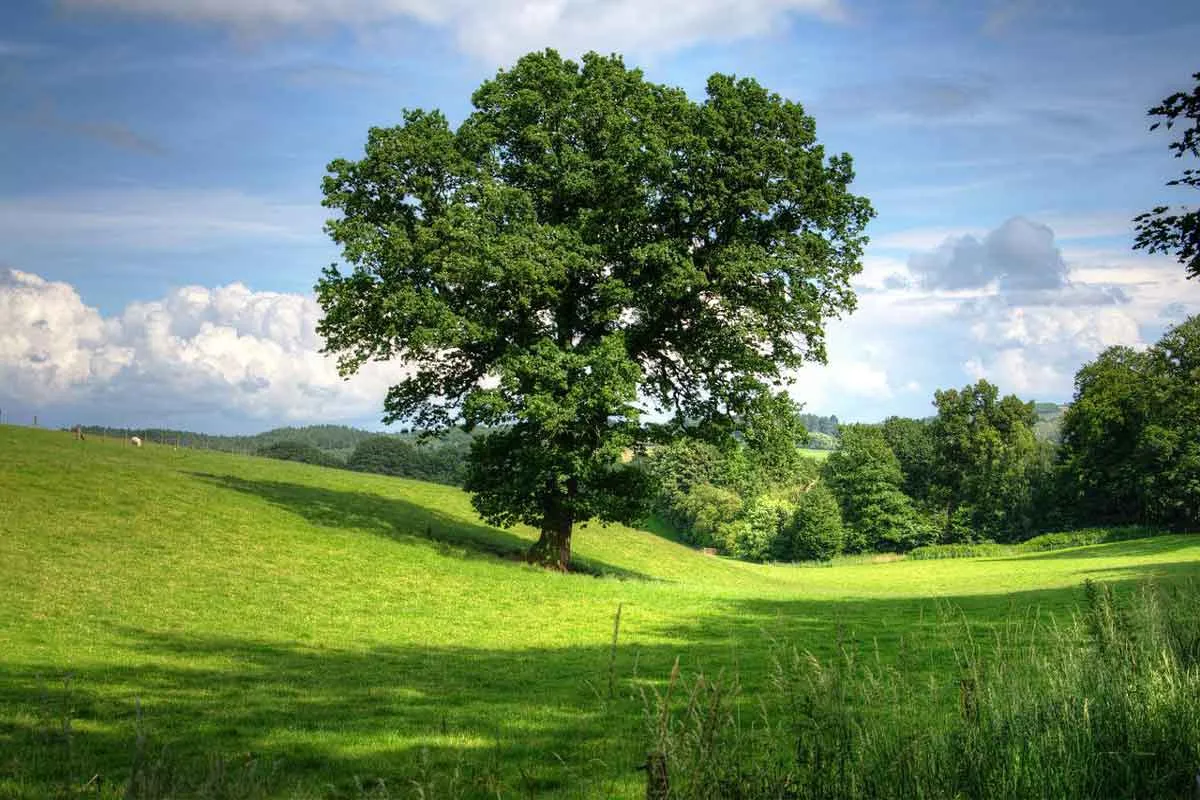
First and foremost, if you have decided that your oak tree needs watering, a decent rule of thumb is to apply water in a 1-2 foot diameter circle around the tree.
Creating some space rather than simply hitting the trunk with the hose and giving a little water will be far more beneficial to the oak tree and allow it to obtain the water it requires.
We sometimes believe that merely sprinkling water on our oak trees and other plants is sufficient irrigation.
You must visualize the size of the oak tree’s roots and then attempt to visualize the amount of water it requires.
4. Never Instal a Sprinkler Right on the Trunk of an Oak Tree
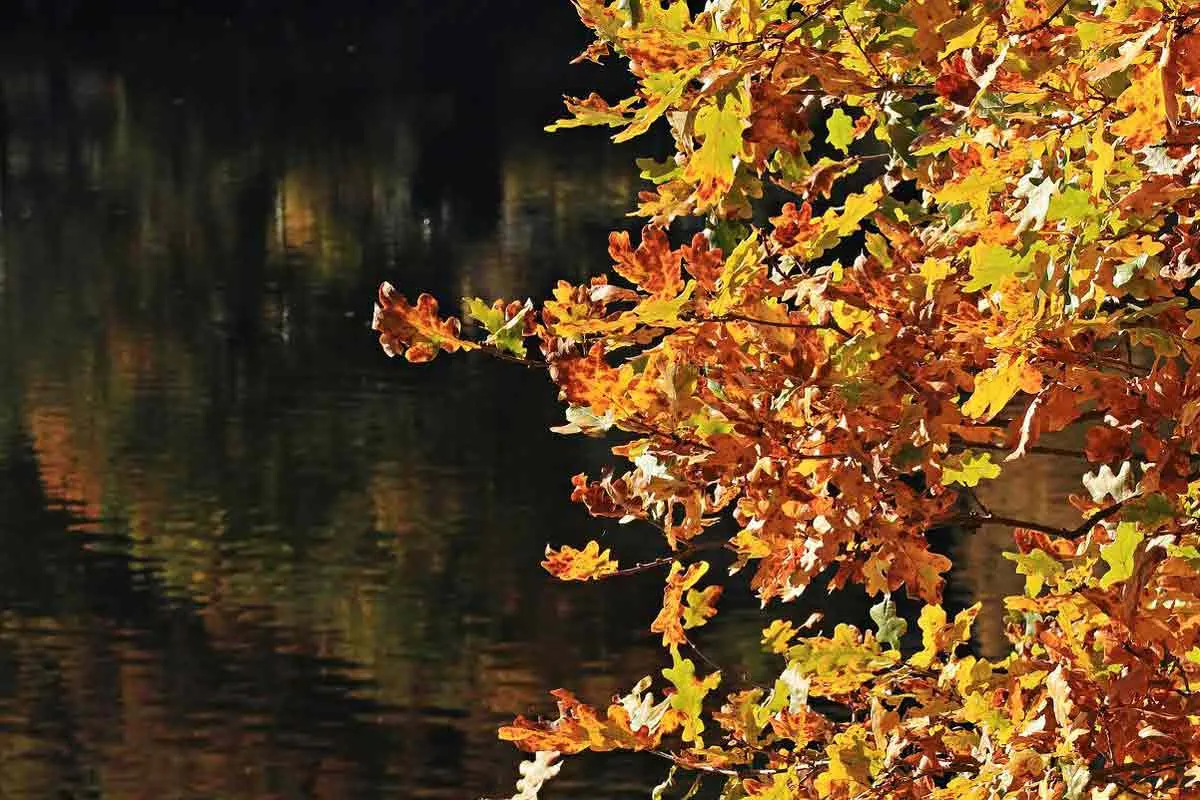
The purpose of a sprinkler system is to moisten the earth surrounding and beneath the tree, not to soak up the trunk!
Water from a sprinkler striking the trunk repeatedly for an extended length of time can injure the trunk, especially if the spray has high water pressure. The oak tree’s trunk may begin to peel, or high-pressure water may injure the bark and wound the tree.
A damaged tree requires special care since it is susceptible to illnesses. Insects will be drawn to the injured areas, and the oak tree will get infected.
5. Make Sure You Water Your Oak Tree Deeply and Soak the Soil
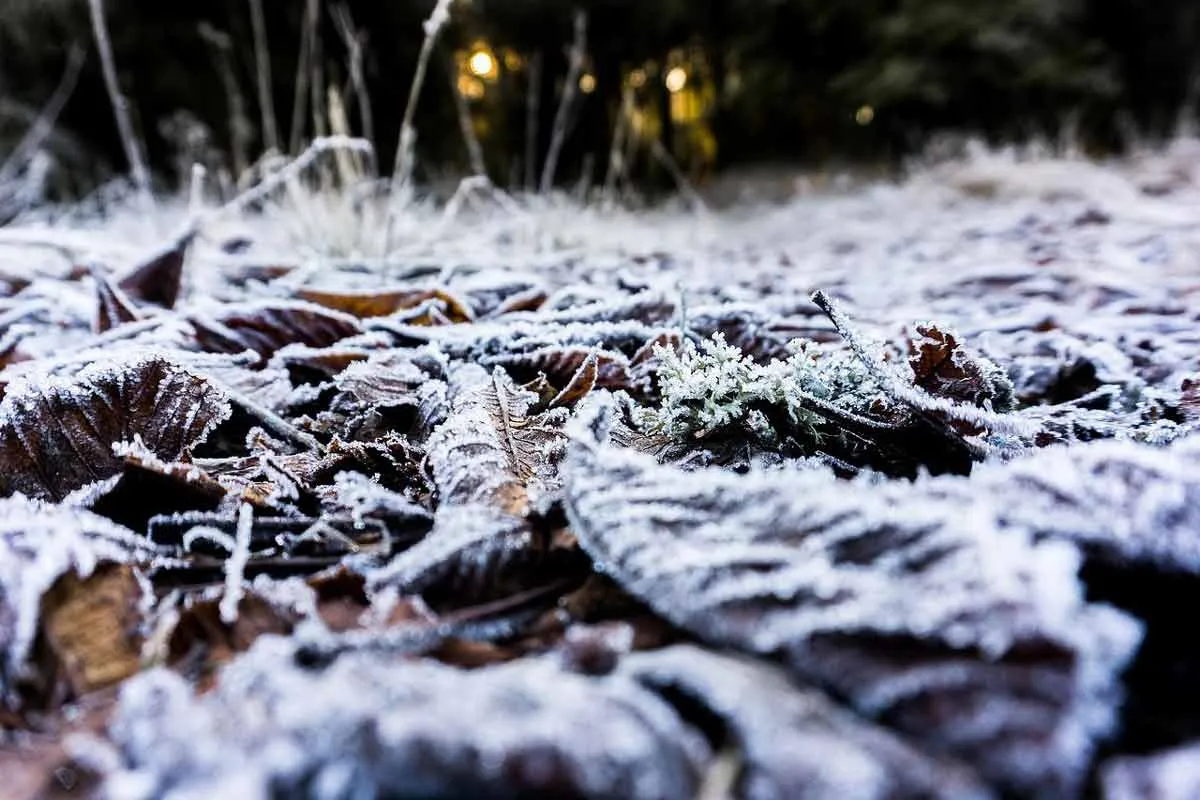
We use the term “deep” because you must provide water that is deep enough to reach the roots of the oak tree. Again, with the same 1-2 feet in mind, the aim is to totally soak the soil such that it remains moist from the surface to 2 feet below, which may be difficult to determine from the surface.
Wetting the surface of the oak tree will have no effect because all it does is damp the soil. Because the roots of an oak tree are underground, you must give enough water to allow the water to travel through layers of soil.
To do this, keep a hose or sprinkler system, or drip irrigation, on for anywhere from a half-hour to an hour to soak up the soil surrounding the tree. However, there is a sprinkler tip that you should consider.
6. Don’t Water the Oak Trees Too Much
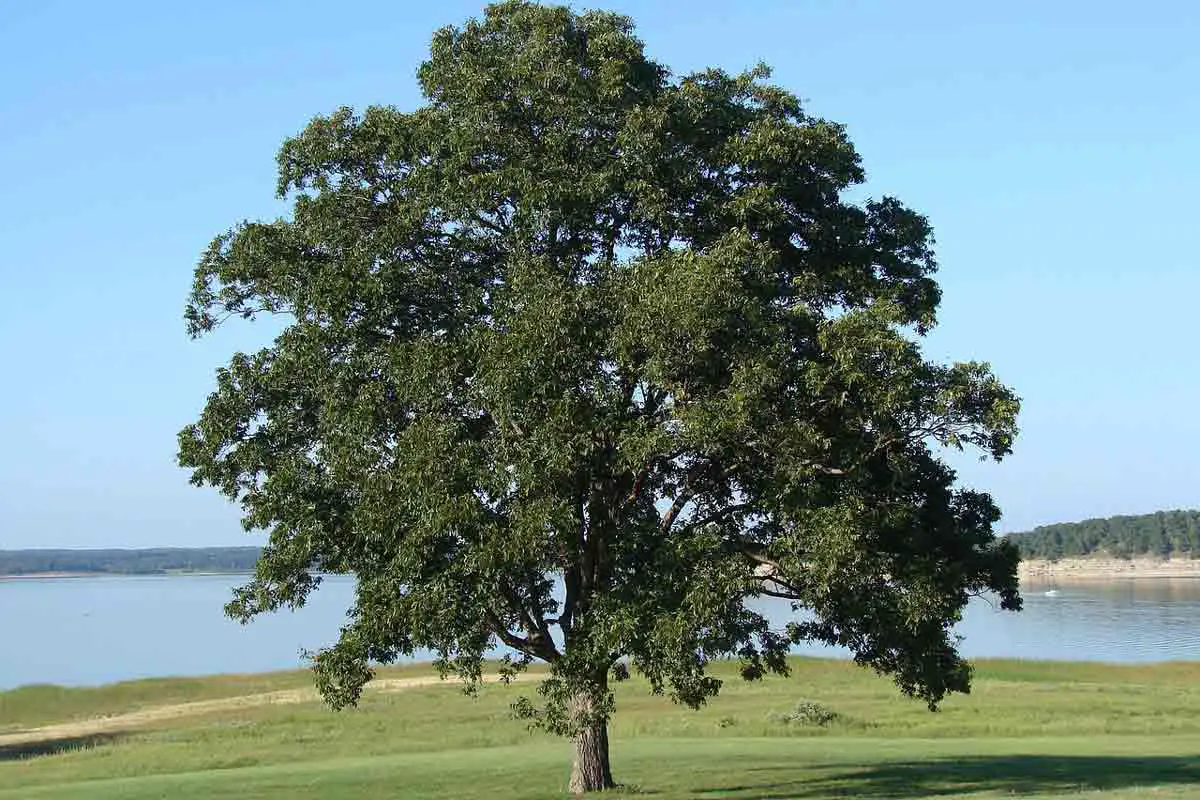
Overwatering of an oak tree can be identified by yellow leaves on the lower branches or inside the canopy, as well as brittle leaves. Another method is to just dig into the ground. Dig approximately 8 inches deep and the earth should be cool and moist – not wet or puddling.
Plants and trees can only absorb so much water at one time. If the oak tree is overwatered, the roots will drown from the water and will be unable to take in air.
Overwatering can cause an oak tree to die or send it into a downward spiral of health.
7. Oak Trees do Not Require Water in Winters
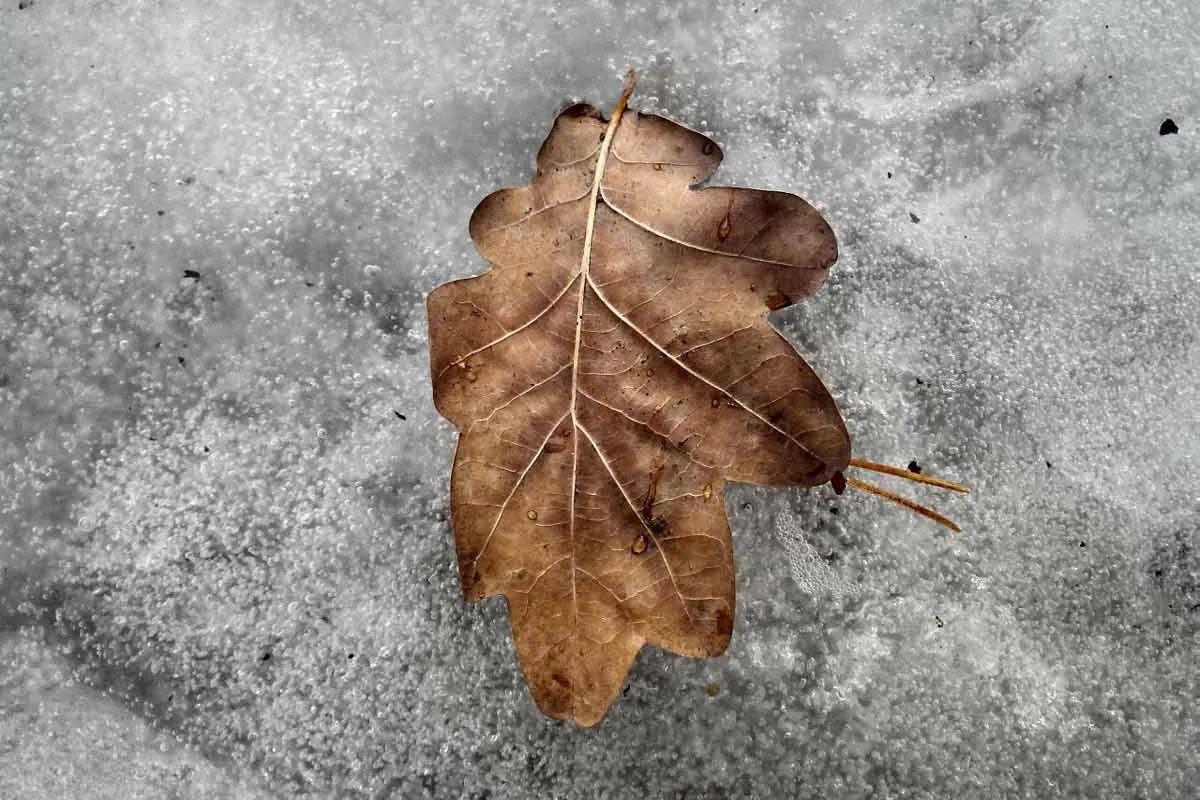
In the winter, oak trees are dormant, and they do not require as much water as they would in the summer months.
Allow your oak tree to absorb any natural precipitation that falls over the winter. Colder temperatures cause less evaporation and more water on the ground, which can occasionally be frozen water.
8. Fully Matured Oak Trees Should Not be Watered
The main point here is that mature oak trees don’t need to be watered unless there are major symptoms that they aren’t getting enough water.
Mature oak trees have been doing their job for a long time, and they know how to obtain nutrients and be self-sufficient. Your oak tree will be in an excellent position to take care of itself when it is approximately five years old.
Oak trees don’t reach maturity until they’re around 20-40 years old, so you may continue water your young oak once or twice a month until then.
Mature oak trees acquire their water from the earth and are regarded as such easy-to-grow plants since we don’t have to intervene once they reach maturity.
You Are now Well Equipped to Take Care of Your Oak Trees
With all these tips and tricks in your arsenal, you should be able to take good care of your Oak trees and enable them to truly flourish.



